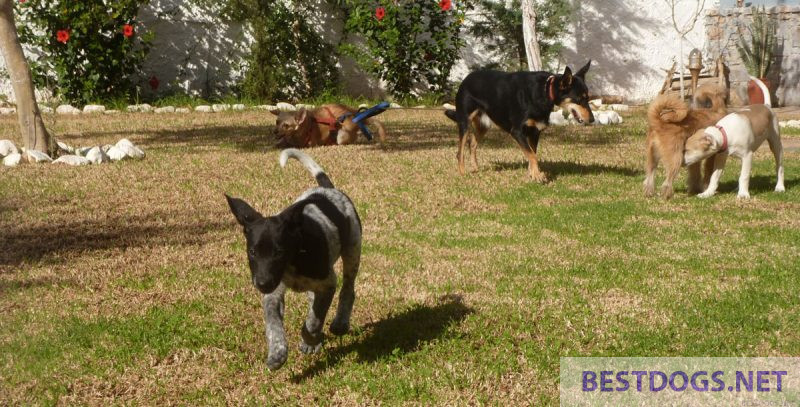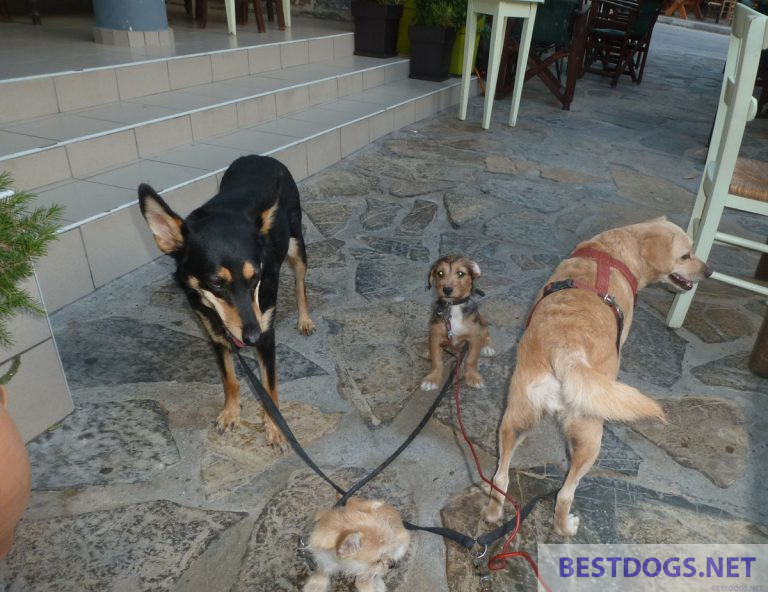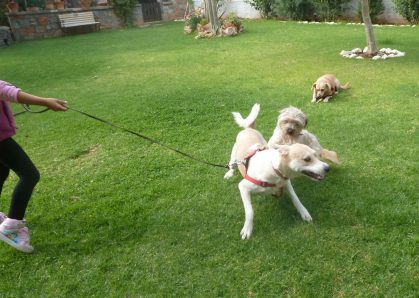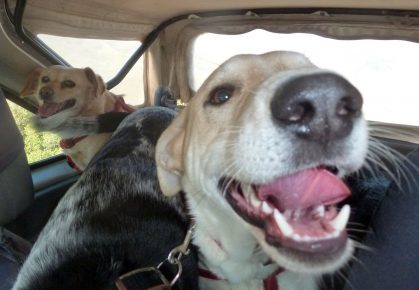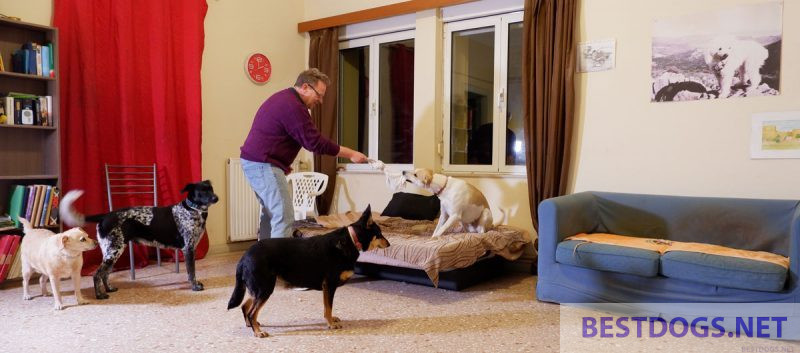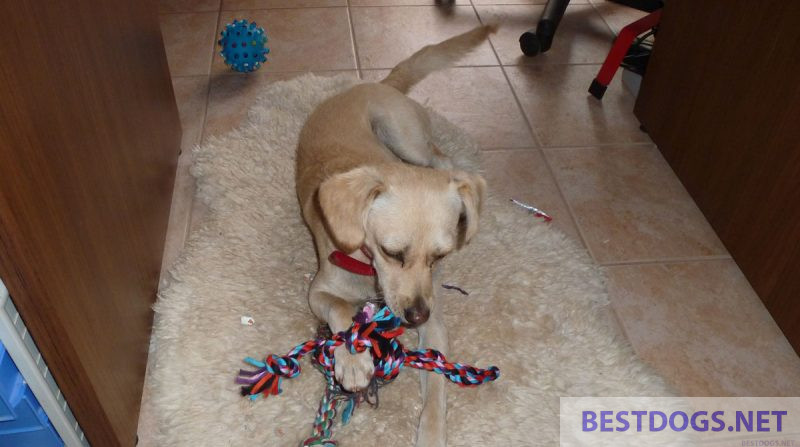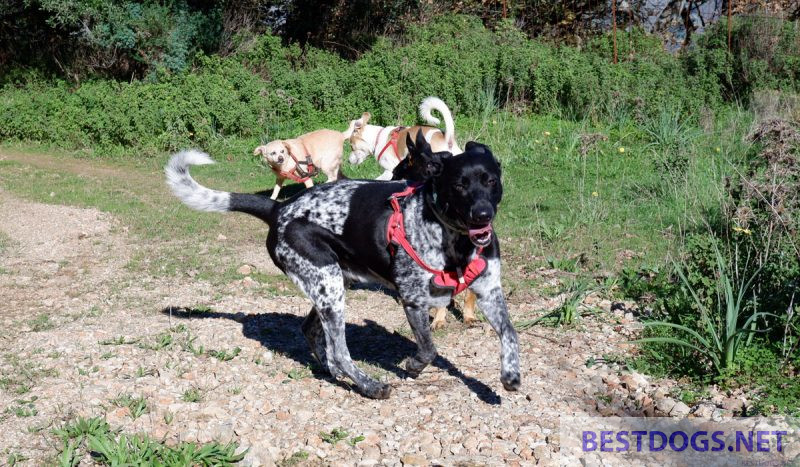Developmental stages of puppies, getting used to the big wide world and socialization.
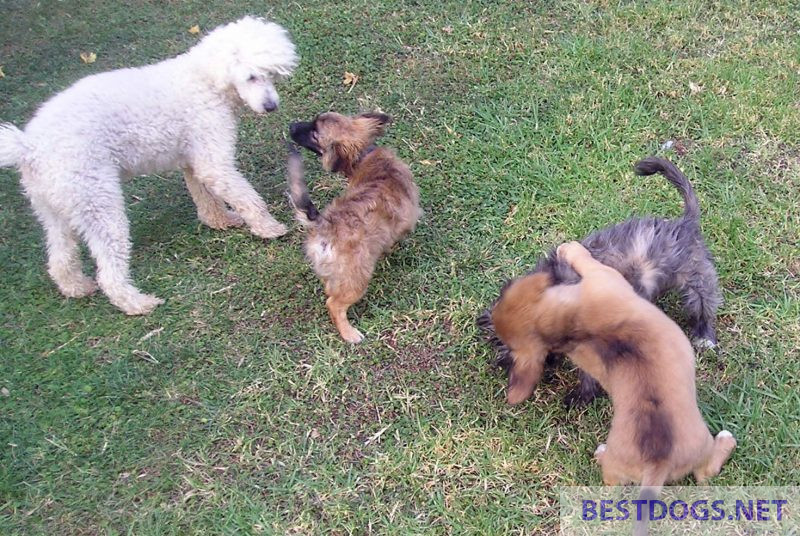
Especially when you want to adopt a rescue puppy, there is often not much background information about him. This is especially true if he was found as a stray.
It is therefore important to know the developmental stages of puppies so that you do not misunderstand a normal developmental change as something unusual.
Puppy development stages
Table of Contents
If the puppy sees the ‘light of the world’ he sees first nothing, because they are blind at birth. They feel only proximity to the mother, heat and movement images and smells. In nature, the mother checks her litter to see if they are genetically sound, will survive in the wild, and are useful to the pack. This first test of life is not always given in puppies whelped under human supervision.
About the sixteenth or seventeenth day after the puppies are whelped by their mother, their sense of sight develops, and their hearing is already usable. In the meantime, their legs have also grown enough for the first major movements to begin.
Before the third week, the diet of wolves and wild dogs consists of semi-digested food, in addition to the mother’s milk.
Social behavior in dogs is not passed on through genes, but is largely acquired through education, i.e. learning. Basically, puppies and dogs learn by the method of ‘trial and error’.
Day 21: First phase in the development of the puppy
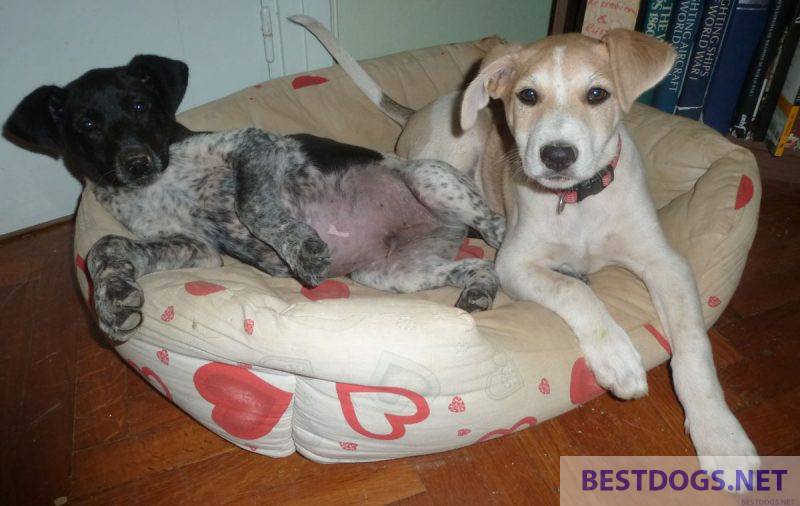
From the third week of life, puppies can eat small pieces of food and the milk teeth emerge. In nature, imprinting on conspecifics occurs from the fourth to eighth week of life.
From day twenty-one to day 112, the puppy’s brain is far more impressionable than in adulthood, for which neuroscientists use the term ‘plastic’.
This ‘plasticity’ has both a positive and a negative side !
On the positive side, a puppy’s brain is more open to learning and enriching influences. Negative is that he is just as likely to learn undesirable behaviors as the ones he is supposed to be taught.
This means that behaviors that still seem cute and endearing in a puppy may be completely undesirable in an older dog.
For example, if the puppy begs while eating, it is important to resist this look and keep the food for yourself. If, on the other hand, you now feed him from your plate, he will also expect to get some food every time. With a large, adult dog it is then often no longer completely so pleasant, if its saliva drips before loud greed over the own plate, and it is possible that one rues then the day, on which one gave way.
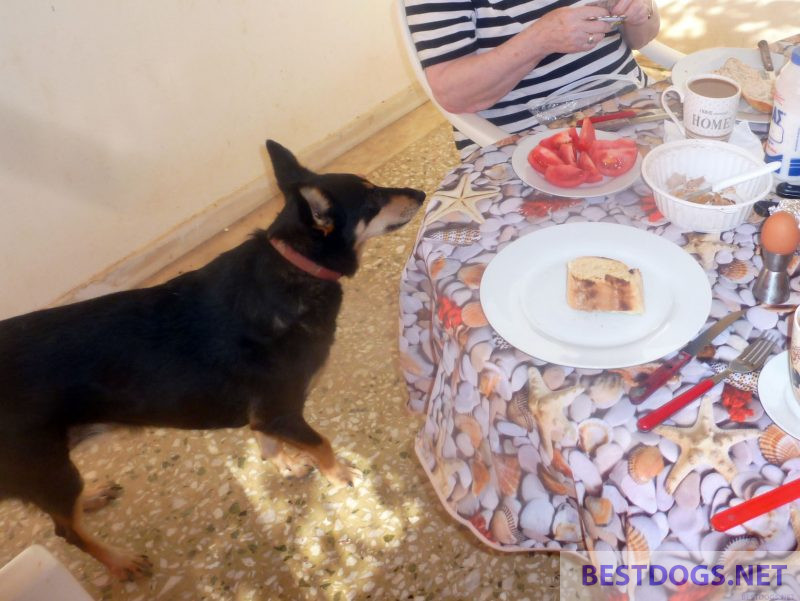
As a realization from this, you should now take with you not to give the puppy or dog anything from your own plate at any age, because if you then one day start to forbid this, he will be confused by the inconsistency. Begging at the table is not an indecent behavior of the dog, rather it was first taught to him by the master.
Another such behavior is ‘mouthing’. This is when a puppy puts its mouth around your arm or hand, which is what they normally do when they play with their peers. This may still work for a twelve-week-old puppy, but if the adult German Shepherd is still doing this, things are probably quite different.
Before the puppy comes into the house, the entire family should have agreed on their expectations and behavioral guidelines for the newcomer and have established the necessary command words. All family members must be consistent with the puppy in all things, otherwise he will only become confused and have difficulty learning effectively.
An important role in training desired behaviors is played by positive reinforcement, where something good happens when the dog behaves in a certain way. It is much easier to achieve the training goals by rewarding the puppy for the behavior with treats, petting, or a game than it is to punish him for something that is not desired.
Punishment has no place in training, and such an approach can be very damaging to the puppy’s attachment status – the relationship he has with the person in question.
It is extremely important to take the necessary time in training methods so that the puppy’s behavior is ‘shaped’ from day one to encourage the development of a well-adjusted adult dog.
Day 49: Second phase of the puppy’s development
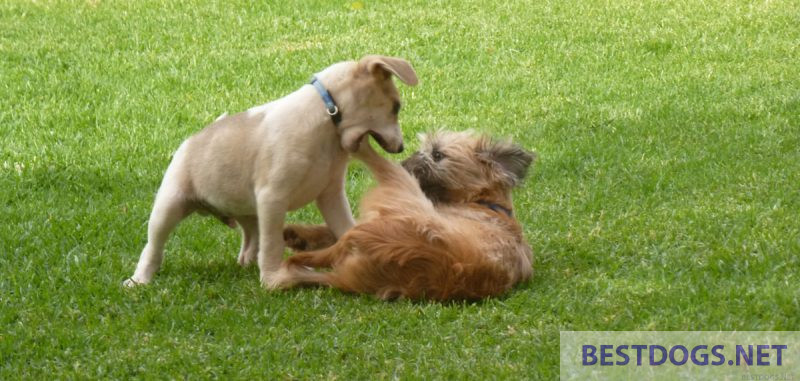
By the forty-ninth day, the puppy’s brain is equivalent to that of an adult dog, and it is emotionally developed and ready to learn. This is an advantageous age to take in a puppy because its brain is practically equivalent to a new computer ready to be programmed. Therefore, just like a computer, it will learn quickly and remember what it learns.
In nature, from about the eighth week, the lead wolf of the pack takes over as the point of reference for raising the puppies. The pronounced mother bond ends and likewise the bonds to the littermates weaken.
Until now, the pups of the litter always lay together in the so-called ‘contact lying’, now they increasingly all sleep in a hierarchy, whereby the highest-ranking seeks the proximity of the lead wolf.
From about the eighth week of life normally begins the planned education in wolves and also dogs, while previously the pups were more or less on an ego trip.
Over the next five weeks, the puppy should be allowed a variety of experiences and taught the necessary commands that the family has agreed upon.
However, training sessions longer than fifteen minutes can be detrimental because a puppy has a short attention span and will tire very quickly. Therefore, it is better to keep them short and fun.
Any new experience should be introduced calmly so that the puppy does not feel threatened. Infants also need a safe restraint from which to explore the world, and this is true for puppies as well. The safe backstop for babies is the parents and for puppies it is the caregivers such as masters, mistresses or members of the household.
Getting used to the big wide world
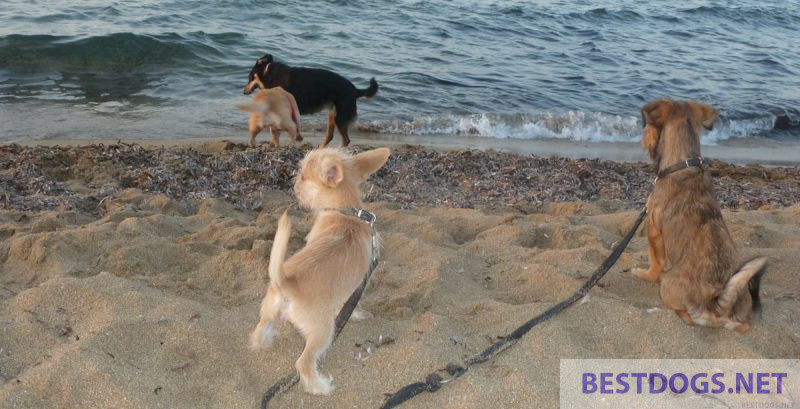
A puppy has a lot to learn when it is first welcomed into its new home. It is important to show him the ‘big wide world’ and familiarize him with the many scenarios he will encounter.
This is achieved through a process of habituation, which means that he gets used to the most important things in his environment and learns that there is nothing to worry about.
This is especially important during what is called the ‘fear imprinting’ phase, which occurs between eight and eleven weeks. During this period, the dog’s ancestors have learned to avoid real threats in their environment, such as natural predators and, to a lesser extent, harmful plants, poisonous mushrooms, and dangerous places.
Puppies learn in nature during this time when it is appropriate to submit in front of higher-ranking pack members and that the use of pointed little teeth must be controlled from now on. Without the learning of the bite inhibition no pack can exist in the wild for a long time and also the appropriate handling of aggression must be learned.
If the puppy is surrounded by potential threats to his safety in the house during this time, he could develop long-lasting anxiety. Therefore, it is necessary to ensure that he is not frightened when, for example, one of the household appliances is adjusted. This applies to everything from hair dryers to washing machines.
It is also important that he builds trust with all people, including children and visitors. To ensure this, any getting to know or ‘rough play’ with children should be supervised.
At this time, he should also be introduced to the car and acclimated to it through short trips or to the vet.
It is important to do all this with care. If the dog becomes anxious, take a step back and rebuild his confidence with a less threatening stimulus.
You should not start by introducing him to heavy traffic on the main road, for example, as this can ‘flood’ his senses and overwhelm him. This will then lead to a fear response that will automatically reoccur if similar events occur in the future.
It is much better to first show the young dog a quieter place with plenty of room to escape, so he can move away if he shows signs of worrying. This helps the growing puppy get used to the many visuals and sounds in our world.
Many puppies benefit from wearing a harness on walks as it takes pressure off their neck while they learn to walk on a leash.
Early socialization
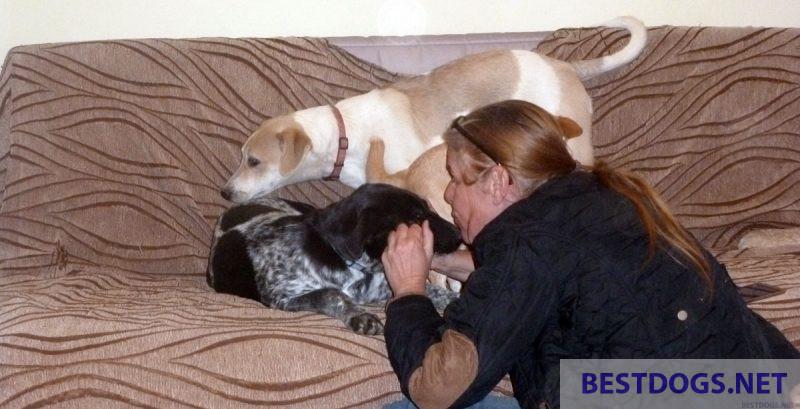
It is also important that the puppy be ‘socialized’, meaning that it must learn to recognize and interact with people and other animals it is likely to encounter, including its own kind.
Socialization is very important because without this background knowledge and basic training, a puppy as an adult dog may tend to react fearfully or defensively, including aggressively in defensive behavior, during such encounters.
Socialization with a variety of dogs is the best way for a puppy to learn how to interact with members of its own species, and for general play and fun.
Dogs begin life with their littermates and are therefore social from birth, but this early socialization must be maintained and developed. Even if the puppy has been successfully socialized with people, dogs, and other animals in its life, and it has been habituated to potential threats, ongoing work on socialization must not be neglected.
In fact, research has shown that socialization and habituation can wear off. In addition, dogs react the same way as human adolescents during later puberty, and all progress in socialization and habituation again seems futile.
Therefore, socialization and habituation must be continuously solidified until the dog is fully mature at about four years of age.
